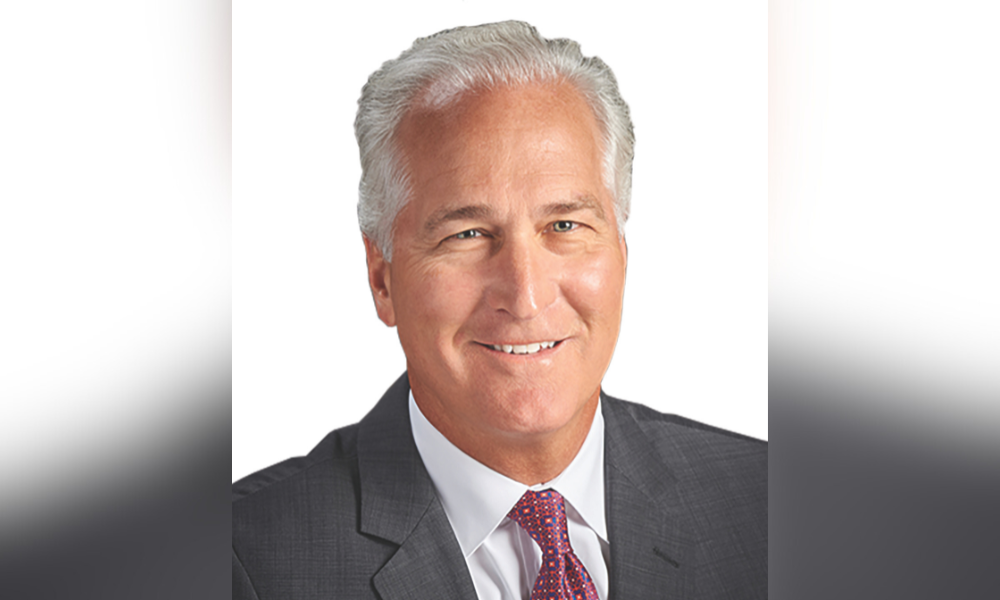Empty office space is filling up – but challenges remain for plenty of office types

For a time, it seemed like the commercial office market could be in big trouble, a casualty of the surging popularity of remote-working arrangements brought about by the COVID-19 pandemic.
But while soaring office vacancy rates since 2020 have sent investors fleeing and sparked speculation of a coming meltdown in the sector, positive signs are emerging in the first half of this year – and the worst of that crisis could be over, according to a prominent commercial market executive.
Mark Fieder (pictured top), president of commercial real estate giant Avison Young, told Canadian Mortgage Professional that he believed office vacancies across Canada’s six major markets had peaked and appeared poised to tick lower, even while investor uncertainty continues to surround the space amid US president Donald Trump’s tariff war.
“Our data is telling us – and we know it through our clients – that the average occupancy of space throughout the week has been increasing steadily,” he said. “The return to office is strong and continues to get momentum. You have your Mondays and Fridays which are lighter still – but Mondays and Fridays are starting to look like Tuesdays and Wednesdays earlier in the return [to work].”
Major companies’ return-to-office efforts spur growth
Builders turned off the taps on office construction as demand in the sector plummeted during and just after the pandemic thanks to the home-working revolution that gathered pace as companies shuttered their doors amid public health restrictions and stay-at-home orders.
But companies are beginning to slowly nudge workers back to the office. In January, Canadian Imperial Bank of Commerce (CIBC) asked global corporate and investment-banking unit employees to return five days a week, while other banking giants including Royal Bank of Canada (RBC) have also upped office expectations for their workforce.
That rising demand, coupled with few if any new office construction in the works, is likely to continue putting downward pressure on vacancies, Fieder said – even if clamour for office space is set to remain focused.
“The construction cycle is coming to an end. There are no big projects coming in the next few years,” he said. “And with that, there’s going to be a tightening of vacancy but it’s not going to be a tightening at the top end of the market. It’s going to be that A-minus, older building that’ll get a lot more attention going forward because of the lack of choice in the marketplace.
“What’s driving that is the flight to quality. There’s a return to office and attention to quality, and the very best buildings have very little vacancy. If you’re a large tenant looking at downtown Toronto or Vancouver, it’s the same thing. There’s very little choice.”
That means greater attention will probably be paid to buildings that mightn’t have received as much leasing attention in the past, Fieder said, and increase landlord demand for those properties as businesses ramp up their return-to-office efforts. “You have to give tenants a reason to come to work in downtown Toronto and make them feel good, especially where the commute is longer,” he said.
Could Trump’s tariffs put a spoiler in Canada’s office market resurgence?
While hopes for a rapprochement in Canada-US relations rose on Tuesday after prime minister Mark Carney’s visit to Trump at the White House passed without incident, Fieder cautioned that smaller investors are continuing to treat the office space with caution for now as they weigh up the impact of a potentially protracted and punishing trade war.
“I call it the Trump factor. I’d say that medium-to-large-cap companies are still making real estate decisions and executing on their plans regardless of all the noise that’s out there, both on the investor side and on the occupier side,” he said.
“And I’d say that the smaller investors, the private investors, are a lot more cautious right now. That caution is a little bit about what’s going to happen to demand. It’s natural for that pause. But on the other side they’re also looking at opportunity and personally, I think the noise coming out of the United States is what it is and I don’t think that should be our focus for a variety of reasons.”
Make sure to get all the latest news to your inbox on Canada’s mortgage and housing markets by signing up for our free daily newsletter here.



